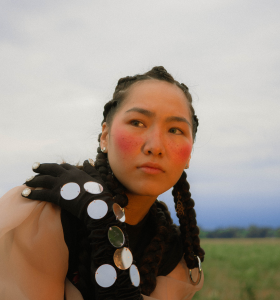breaking it down
Before jumping into DEI 101, let’s clear up what exactly diversity, equity, and inclusion is:
Diversity emerges from the differences in expressions and lived experiences of people of various ethnoracial identities, sexual orientations, abilities, gender identities, ages, and/or socio-economic situations.
Equity is the process of removing systemic barriers and disparities in opportunities for historically and/or currently underrepresented and/or marginalized people and groups to provide fair treatment and outcomes.
Inclusion necessitates building welcoming spaces where everyone is treated equitably and respected allowing for full participation and opportunities to succeed for all.
what does DEI look like in the workplace
Implementing DEI in the workplace necessitates fostering a sense of awareness of systemic oppression, transforming exclusionary behaviours and policies, and embodying equity-informed practices in their place.
Diverse workplaces are concerned with the representation of individuals from underrepresented identities and under resourced communities. This is especially relevant to the recruitment process in hiring diverse talent. One way to support the expansion of diversity in this process is to explore alternative candidate sourcing methods and train recruiters on unconscious bias to eliminate prejudice from interviewing practices. Identify DEI hiring goals
Equitable workplaces divest from discriminatory processes and policies in an effort to undo systemic barriers and level the playing field for all employees. This involves pay equity and equitable access to career growth for marginalized individuals. In other words, the employer should not only be compensating individuals in the same position the same salary but also looking at the internal structure of the organization and who occupies the lower ranking jobs. Oftentimes, BIPOC, 2SLGBTQIA+, and disabled employees are excluded from accessing the same career growth as other employees and occupy these lower ranking jobs that are deemed less valuable work.
Inclusive workplaces design spaces and practices with the intention of encouraging all employees to show up as their whole selves. This may look like creating a safe working environment where everyone feels comfortable voicing their needs and concerns and that is accessible both in physical features and procedures. Inclusivity is receptive to collective envisioning for the direction of the organization’s growth and considers everyone an essential part of the team.


